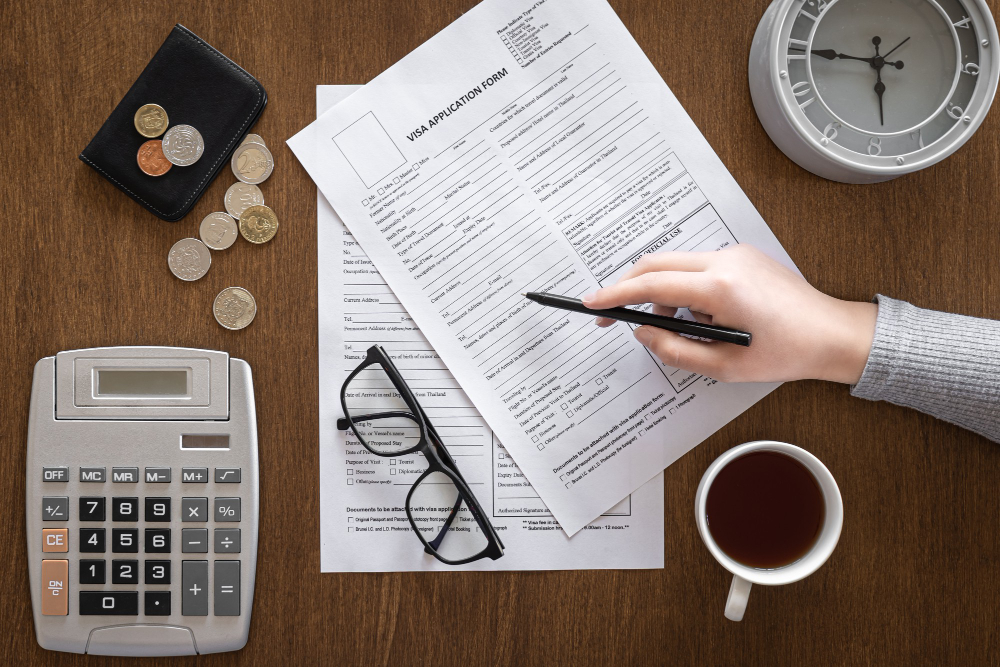
The start of a new year is the perfect time to get a head start on organizing your tax documents. By setting aside time in January to prepare, you’ll save yourself from unnecessary stress and ensure a smooth tax filing process. Here’s a step-by-step guide to help you stay ahead of the game:
1. Create a Checklist of Necessary Tax Documents
Before diving in, make a checklist of the documents you’ll need for filing your taxes. This may include:
-
W-2 forms from employers
-
1099 forms for freelance or contract work
-
Mortgage interest statements (Form 1098)
-
Investment income statements (1099-DIV, 1099-INT, etc.)
-
Charitable donation receipts
-
Medical expense records
-
Childcare expense documentation
Having a clear list ensures you won’t overlook any important paperwork.
2. Designate a Specific Space for Tax Documents
Set up a dedicated folder or filing system for your tax documents. Whether you prefer physical folders or a digital solution, keeping everything in one place will save you time and effort. Label the folders by category, such as “Income,” “Deductions,” and “Receipts.”
3. Sort and Categorize Documents
Once you’ve gathered your tax documents, organize them by type. Separate income-related forms from deduction-related records. For digital documents, create a secure folder on your computer or cloud storage service, and use clear file names like “2024_W2_EmployerName.pdf.”
4. Review Last Year’s Tax Return
Your previous year’s tax return is a valuable reference point. It can help you identify recurring deductions, credits, or income sources that might apply again this year. Keep a copy handy to ensure consistency and accuracy.
5. Keep Track of Charitable Contributions
If you made charitable donations, ensure you have the receipts or acknowledgment letters from the organizations. These should include the amount donated and the date of the contribution, as they may be deductible.
6. Document Business Expenses
For self-employed individuals or small business owners, it’s crucial to have detailed records of your expenses. Organize receipts, invoices, and mileage logs to maximize deductions and streamline the filing process.
7. Set Reminders for Missing Documents
Some tax documents, such as W-2s or 1099s, may not arrive until late January or early February. Set calendar reminders to follow up with employers or financial institutions if you haven’t received them by the expected time.
8. Use Tax Preparation Software or Professional Services
Once your tax documents are organized, decide whether to use tax preparation software or work with a professional tax service. If you choose a professional, having your documents well-organized will make the process quicker and more efficient.
9. Securely Store Your Documents
After filing your taxes, keep copies of your tax documents in a secure location. The IRS recommends retaining records for at least three years, but you may need to keep them longer for certain situations, such as claiming a loss from worthless securities.
Taking the time to organize your tax documents in January can save you hours of stress during tax season. By staying proactive and maintaining a system for managing your records, you’ll set yourself up for success. If you’re looking for professional assistance, Naples Taxes is here to help. Contact us today to ensure your tax filing experience is seamless and hassle-free.
